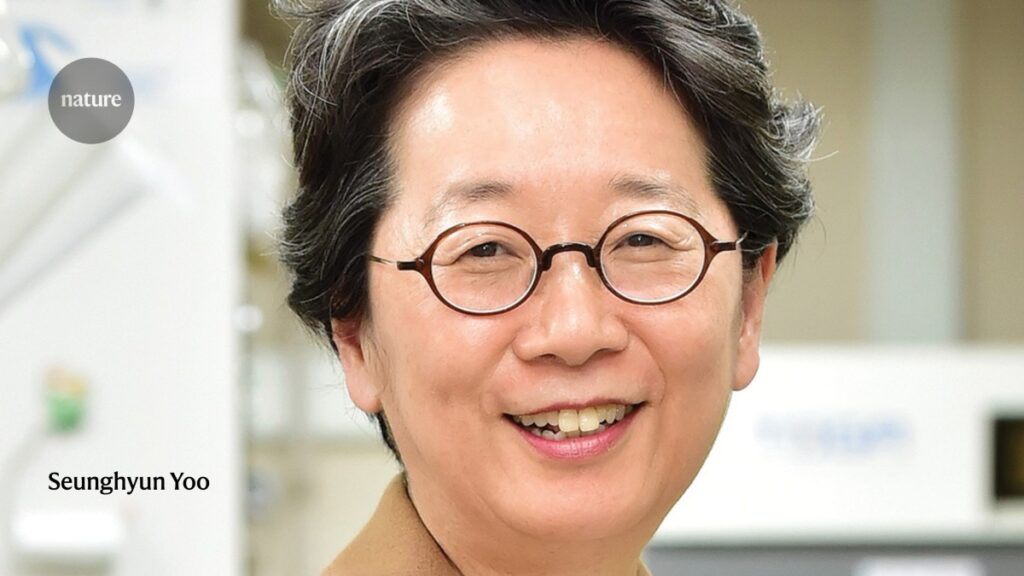Gender Disparity in South Korean Academia: Challenges and Solutions
Seoul National University (SNU), the largest public university in South Korea, is home to approximately 22,000 undergraduate students and a similar number of graduate students. Among these, 36% of undergraduates and 49% of postgraduates are women. However, the representation of women among the university’s 450 full-time faculty members is markedly lower, at just 19.7%. Nationally, as of 2022, only 23% of the research workforce across academia, government, and industry is composed of women.
The Employment Gap in STEM Fields
A significant drop in numbers occurs as women progress in their research careers, particularly in South Korea. Female students entering STEM fields constitute 31% of university admissions, and as they graduate—typically in their 20s—they are employed at comparable rates to their male counterparts in science and technology positions. However, a stark employment gap emerges in women’s 30s, extending into their 50s, resulting in a 30% disparity in employment rates between men and women. Currently, an estimated 180,000 women in science and technology roles in South Korea are on career breaks, highlighting an urgent need for their reintegration into the workforce to secure the country’s future in science and innovation.
Barriers to Research Funding and Leadership
Retention is only part of the problem; inequitable access to research funding and leadership roles is another pressing issue in South Korea’s academic landscape. Among approximately 49,000 principal investigators (PIs) involved in governmental research projects, only 17.7% are women. This percentage must double within the next decade to align with the proportion of female PhD students.
Equally crucial is the disparity in research funding. Male PIs in science and technology fields receive, on average, 165 million won (approximately $119,393) from the government, while their female counterparts receive only 67 million won.
The imbalance is even more pronounced when analyzing the funding for large research projects exceeding 1 billion won in 2022—1,100 men secured such projects compared to just 70 women. Remarkably, despite this funding disparity, women PIs at South Korean universities produce more scholarly output per research expenditure than their male colleagues, both in total publications and in the top 25% of cited papers in Clarivate’s Science Citation Index.
Government Initiatives and Legislative Changes
Since 2001, South Korea has launched various initiatives aimed at supporting early-career female researchers through salary provisions and grants for established researchers. While these programs have fostered the growth of female PIs, they have not been sufficient to eliminate the funding gap. Legislative actions and affirmative measures taken by the government, influenced by initiatives spearheaded by female researchers, have improved female faculty numbers in public universities, yet much more work remains.
In 2015, the Association of Women Faculty Councils at National Universities in Korea was established to address the alarming gender imbalances in the academic sector, notably the fact that public universities employ a significantly lower percentage of female faculty (15%) compared to private institutions (25%). This advocacy led to the amendment of the Law on Public Officials in Education in 2020, requiring that no single gender exceeds 75% of faculty composition in public universities, with annual plans mandated until 2030 to achieve this target.
Future Strategies for Gender Equity
While existing measures to enhance gender diversity in research have been effective, new strategies are essential to achieving true gender parity. Efforts must be made to improve female representation at academic conferences and implement proactive measures by government and funding bodies to increase the number of women leading medium- and large-scale research projects.
Furthermore, hiring more female professors in science and innovation is crucial to meet the growing demand from female students, whose numbers in engineering and natural sciences have increased over the last decade at both undergraduate and graduate levels.
The Need for Continued Efforts
Confronted with the world’s most rapidly declining population, South Korea must intensify efforts to strengthen its skilled workforce. The implementation of initiatives aimed at enhancing recruitment, retention, and advancement opportunities for women researchers will be vital for the nation’s future success in the global arena of science and technology.
Competing Interests
The author declares no competing interests.


